Like the video game it’s based on, the HBO series about a mutated fungi that destroys civilization spotlights the connections between its compelling characters, not the monsters they face.
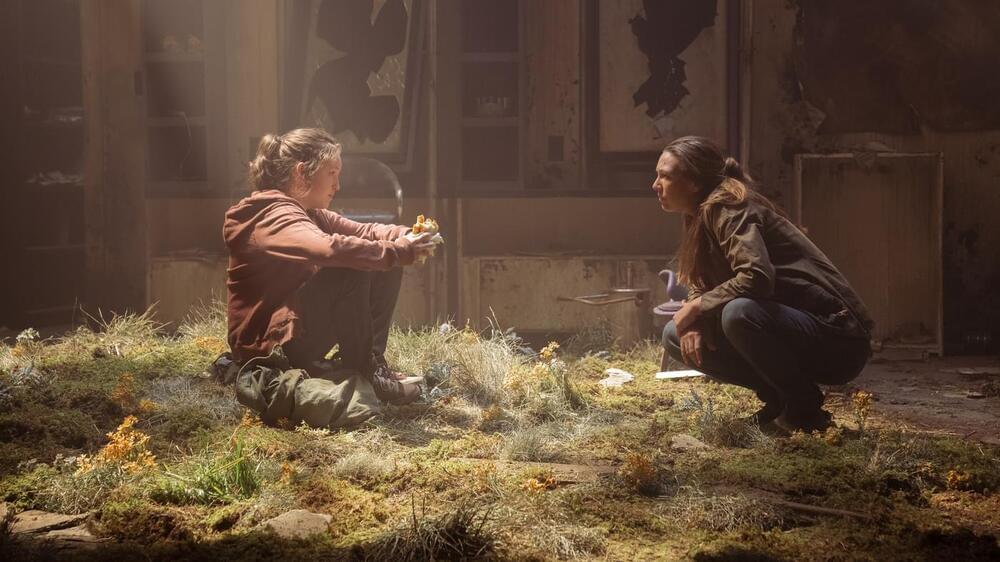


Scientists have come up with laser technology that is capable of picking up alien signals from worlds that are far away. According to the Daily Star, the machine that is miniaturized was tailored to fit the specialized space missions of NASA. Such a device has the potential to revolutionize the long-standing search for extraterrestrial intelligence.
In this video, we will attempt to solve a mixed case concerning #absolute #value #inequality for you, and then the results will be applied to a real domain, with surprising outcomes.
#math_and_physics.
Join this channel to get access to perks:
https://www.youtube.com/channel/UC7dYICJ0RhpraOuIbQ5CJHg/join.
Follow us on:
https://www.facebook.com/map.lb.
Tweets by maplb100
https://www.instagram.com/ins.map.lb.
https://vm.tiktok.com/ZSdkA5ds2/
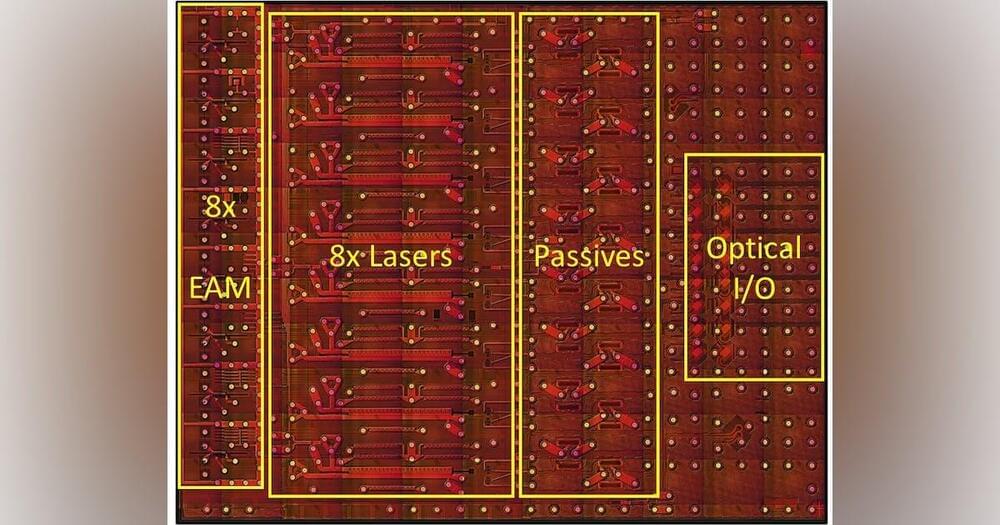
During the past several decades, silicon has undeniably been the crown jewel of the semiconductor industry’s transformation. But with the plateauing of Moore’s Law, the increasing complexity of circuits, and the explosive growth of data-intensive applications, companies need even more innovative ways to compute, store, and move data faster. As a result, scale, speed, and power have become underlying forces to handle both advanced intelligence and computing needs.
Silicon photonics has already earned a stronghold for its impressive performance, power efficiency, and reliability compared to conventional electronic integrated circuits. Overall speed requirements have become fast enough, benefiting the technology’s strengths to transfer data efficiently over ever-shortening distances. Meanwhile, artificial intelligence (AI) is pushing computing to a point where electronic components need to communicate over distances to combine and integrate multiple XPUs (application-specific processing units).
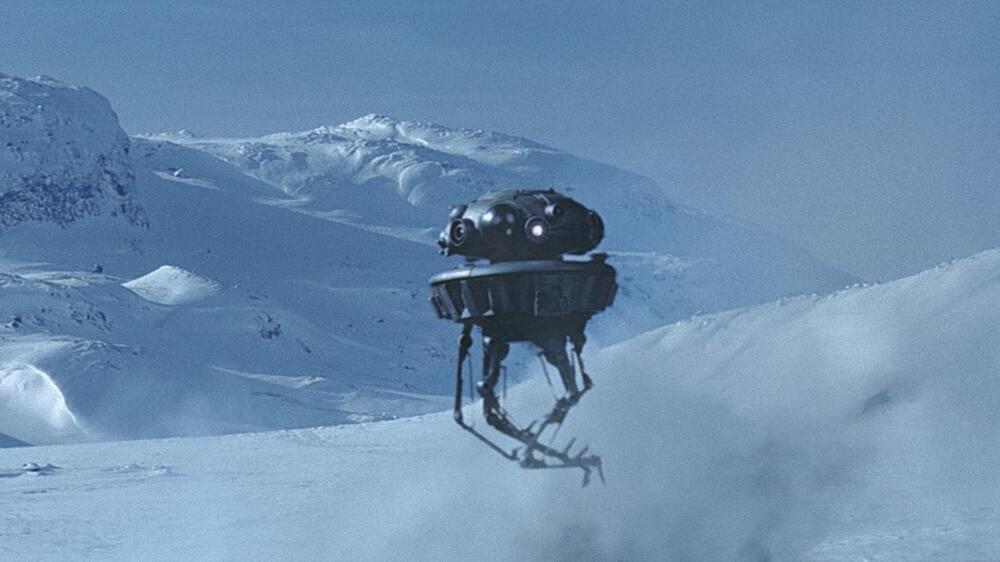
During those 14,000 years, who knows what humanity will look like, making the information contained in Voyager 2 quaint and a relic of our ancient past. Working off of this line of thought, if humanity were to receive an alien probe, it would be studied, analyzed, and then most likely, we would send a response across the galaxy. By the time our response made it to, say, Alpha Centauri and Proxima B, that civilization would have likely advanced far beyond the initial probe, and that, according to some astronomers, could be a fatal mistake for our world.
Stephen Hawking once said “One day, we might receive a signal from a planet like Gliese 832c, but we should be wary of answering back.” Right now, humanity would likely be the passive recipient of a more advanced alien civilization’s probe, without being able to know what the real intentions of the aliens may be. Would they come in peace and brotherhood like the Vulcans in Star Trek: First Contact, or would they be similar to those from Independence Day?
Now that technology is reaching the point where signals can be more easily transmitted into the vastness of outer space, scientists are becoming more cautious about what we do to give away our position in the universe. Just one alien probe, confirming we’re not alone, could be enough to destabilize human society and that’s even without considering a further response, thousands of years in the future. Mathematically, humanity is likely not alone, but space travel takes so long to reach even the closest destination, that none of us will likely be alive when the probes make Earthfall.
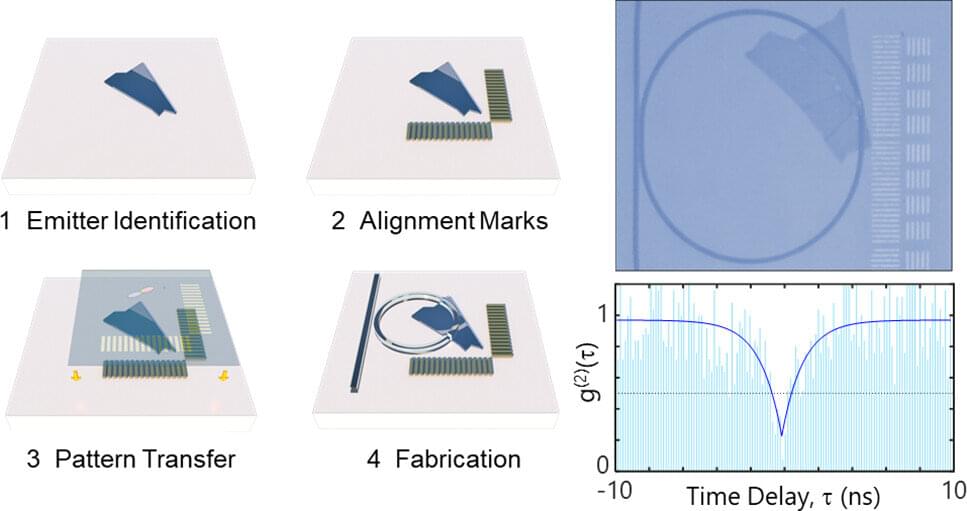
As buzz grows ever louder over the future of quantum, researchers everywhere are working overtime to discover how best to unlock the promise of super-positioned, entangled, tunneling or otherwise ready-for-primetime quantum particles, the ability of which to occur in two states at once could vastly expand power and efficiency in many applications.
Developmentally, however, quantum devices today are “about where the computer was in the 1950s,” which it is to say, the very beginning. That’s according to Kamyar Parto, a sixth-year Ph.D. student in the UC Santa Barbara lab of Galan Moody, an expert in quantum photonics and an assistant professor of electrical and computer engineering.
Parto is co-lead author of a paper published in the journal Nano Letters, describing a key advance: the development of a kind of on-chip “factory” for producing a steady, fast stream of single photons, essential to enabling photonic-based quantum technologies.
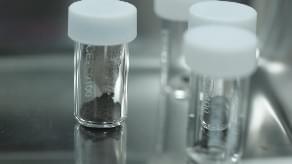
Chinese scientists precisely confirmed the latest volcanic activity on moon happened about 2 billion years ago after they studied the lunar samples collected by Chang’e-5 lunar probe in 2020.
The outcome was announced by the China National Space Administration on Monday.
In 2021, a team of scientists carried out researches on the volcanic rock, which is a type of basalt to help indicate the time of volcanic activity occurred, from the lunar samples and proved that the volcanic activity continued until 2 billion years ago, a new refresh for human beings toward the lunar magmatic activity and the lunar evolution.
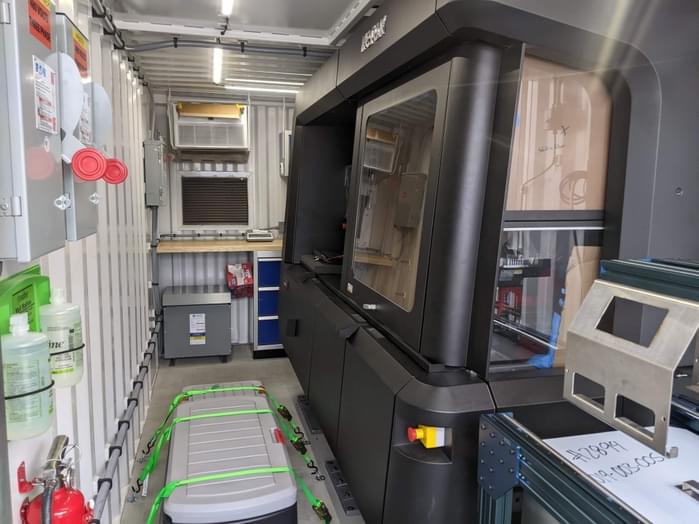
Xerox® Elem™ Additive Solutions today announced that an ElemX liquid metal printer was recently installed on board USS Essex (LHD 2), making it the first metal additive manufacturing machine deployed on a U.S. Naval vessel.
The ElemX was placed on the ship earlier this month in Pearl Harbor, Hawaii, with at-sea trials beginning immediately. The installation is the latest step in the U.S. Navy’s strategy of using additive manufacturing (AM) to increase operational readiness for the fleet. It also builds on the relationship between the U.S. Navy and Xerox Elem Additive that began with the Naval Postgraduate School in Monterey, California receiving the first-ever installation of the ElemX in 2020.
“The military supply chain is among the most complex in the world and putting the ElemX on USS Essex means that sailors can now bypass that complexity and print parts when and where they need them,” said Tali Rosman, GM of Elem Additive. “We are proud to continue our partnership with the Navy to help them advance their additive manufacturing capabilities and execute their long-term vision.”
Annaka Harris is the author of Conscious: A Brief Guide to the Fundamental Mystery of the Mind. Please support this podcast by checking out our sponsors:
- Wealthfront: https://wealthfront.com/lex to get $50 sign-up bonus.
- BetterHelp: https://betterhelp.com/lex to get 10% off.
- Blinkist: https://blinkist.com/lex to get 25% off premium.
- Onnit: https://lexfridman.com/onnit to get up to 10% off.
- Indeed: https://indeed.com/lex to get $75 credit.
EPISODE LINKS:
Annaka’s Twitter: http://twitter.com/annakaharris.
Annaka’s Website: http://annakaharris.com.
Annaka’s Facebook: http://facebook.com/annakaharrisprojects.
Annaka’s Books:
1. Conscious: https://amzn.to/3SFLLPE
2. I Wonder: https://amzn.to/3UPQTTm.
Annaka’s Articles:
1. What Is Time?: http://nautil.us/what-is-time-238478
2. A Solution to the Combination Problem: http://annakaharris.com/the-future-of-panpsychism.
3. Consciousness Isn’t Self-Centered: http://nautil.us/consciousness-isnt-self_centered-237720
Books:
1. The Case Against Reality: https://amzn.to/3MhW4Wt.
2. Being You: https://amzn.to/3RsxdBQ
3. Livewired: https://amzn.to/3Cn9BKS
4. Spooky Action at a Distance: https://amzn.to/3y27N7a.
5. The Order of Time: https://amzn.to/3Stqn0u.
PODCAST INFO:
Podcast website: https://lexfridman.com/podcast.
Apple Podcasts: https://apple.co/2lwqZIr.
Spotify: https://spoti.fi/2nEwCF8
RSS: https://lexfridman.com/feed/podcast/
Full episodes playlist: https://www.youtube.com/playlist?list=PLrAXtmErZgOdP_8GztsuKi9nrraNbKKp4
Clips playlist: https://www.youtube.com/playlist?list=PLrAXtmErZgOeciFP3CBCIEElOJeitOr41
OUTLINE:
0:00 — Introduction.
0:53 — Free will.
54:10 — Consciousness.
1:24:42 — Depression.
1:37:59 — Psychedelics.
1:45:58 — Meditation.
1:50:22 — Ideas.
2:14:08 — AI sentience.
2:31:30 — Suffering.
2:34:26 — Meaning of life.
SOCIAL:
- Twitter: https://twitter.com/lexfridman.
- LinkedIn: https://www.linkedin.com/in/lexfridman.
- Facebook: https://www.facebook.com/lexfridman.
- Instagram: https://www.instagram.com/lexfridman.
- Medium: https://medium.com/@lexfridman.
- Reddit: https://reddit.com/r/lexfridman.
- Support on Patreon: https://www.patreon.com/lexfridman